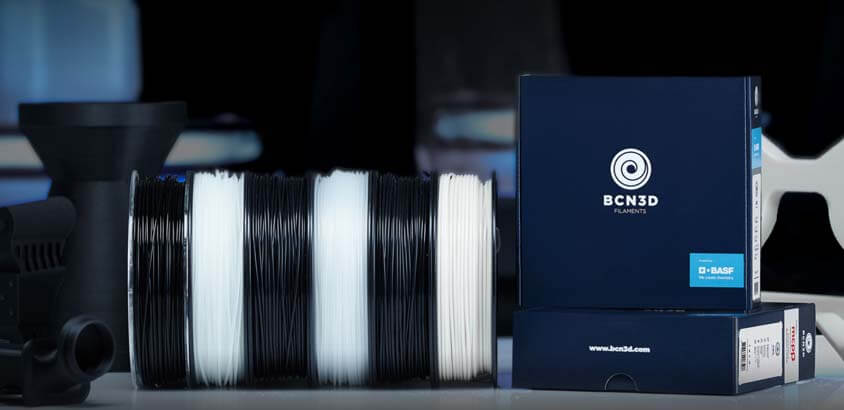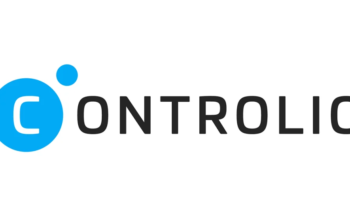Although the most common Filaments in 3D printing are Acrylonitrile Butadiene Styrene and Polylactic Acid, there are other more filaments that can be used in 3D printing.
A 3D filament can be defined as the 3D printer plastic that is usually used in making a three-dimensional printing.
Different Types of 3D Printing Filament
In this article, we are going to look at the various types of the BCN3D filaments formulated to ensure the highest 3D printing quality, along with their pros and cons to help you make an informed decision when purchasing one or the other.
PLA Filament
Also known as Polylactic Acid. PLA filament is a biodegradable thermoplastic that is formed from renewable resources such as tapioca roots, cornstarch, potato starch and sugar cane.
Due to it being derived from renewable resources, this type of filament is usually more environmentally friendly as compared to the other plastic materials.
Its low toxicity features have made PLA become the most popular 3D printing filament amongst the 3D printing community.
The PLA filament can also be used in schools and homes, as it does not produce toxic fumes during the printing process.
The fact that it also does not contract when cooling down makes it a more favorable choice for those kids who enjoy 3D printing.
Pros
- It is less prone to warping
- It is easy to work with especially for the beginners
- It is available in translucent colors that glow in the dark
- It produces a sweet aroma that can actually be mistaken for heated candy or waffles.
Cons
- In the case of water saturation, it requires higher extrusion temperatures
- It is highly prone to clogging and or jamming the printing nozzles
- Due to its ability to attract water molecules, it can become brittle thus making the printing process difficult.
ABS 3D Filament
Also known as the Acrylonitrile Butadiene Styrene. This filament is also among the most popular filaments used in a variety of applications.
This is because; good quality of ABS is usually tough and impact resistant.
Other than just being tough and impact-resistant, the ABS filament is also strong, flexible and can be easily extruded thus making it very easy to work with.
Pros
- ABS is the most favorite material in the 3D printing community
- It is light in weight and slightly flexible making it easy to work with
- It is very strong and durable
- It is the cheapest thermoplastic that you can ever find in the market.
Cons
- Creates mild fumes, which can be irritating to the users or the people around the area. It is therefore advisable to use ABS in a well-ventilated area
- It is a petroleum-based plastic that is non-biodegradable
- For it to reach a melting point, it requires high temperatures.
PVA 3D Filament
Also known as Polyvinyl Alcohol. PVA is also another great 3D filament that is usually water-soluble.
Since the filament is based on polyvinyl alcohol, it possesses good properties such as being biodegradable and nontoxic.
For those models that are difficult to print without support, PVA is the best to work with as it offers good support during the printing process.
Pros
- Very soluble in water
- Biodegradable and non-toxic
- Safe for food and low flexibility.
Cons
- Not readily available
- Costly when compared to other materials
- Not easy to work with as it attracts so much water.
Conclusion
There is a wide variety when it comes to 3D printing filaments. They range from PET, PETG, Nylon, Sandstone, HIPS, Wood filaments and so much more.
Each of the filaments has both pros and cons. Proper research on each filament is highly recommended to help you choose what works best for you.
Related Posts












